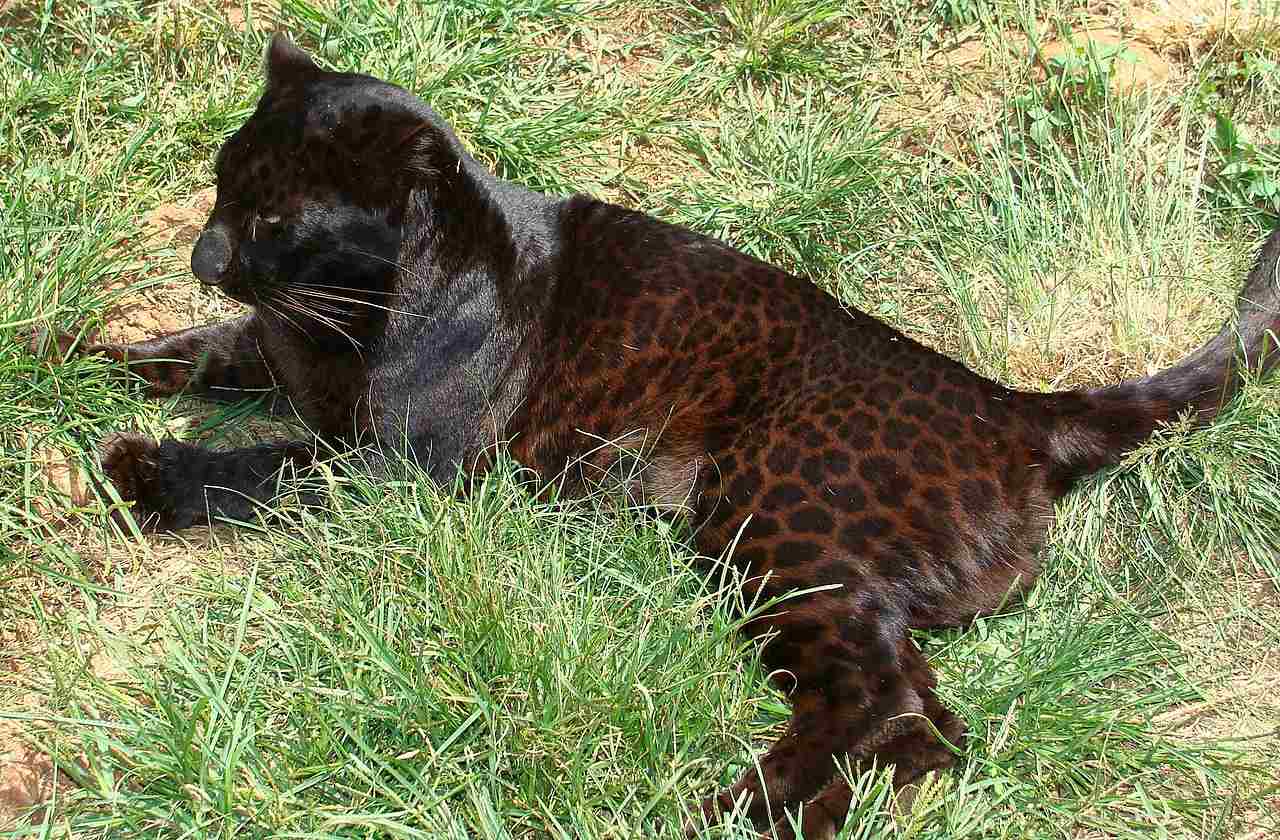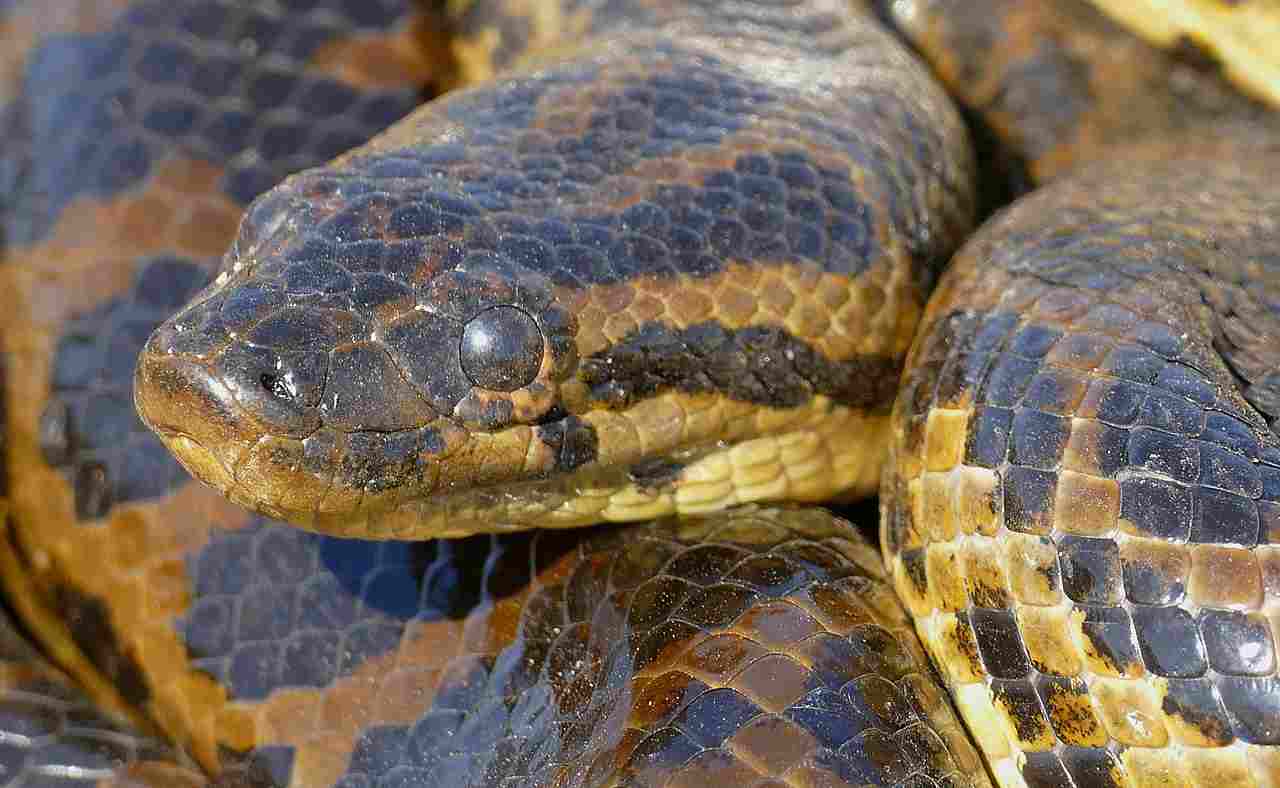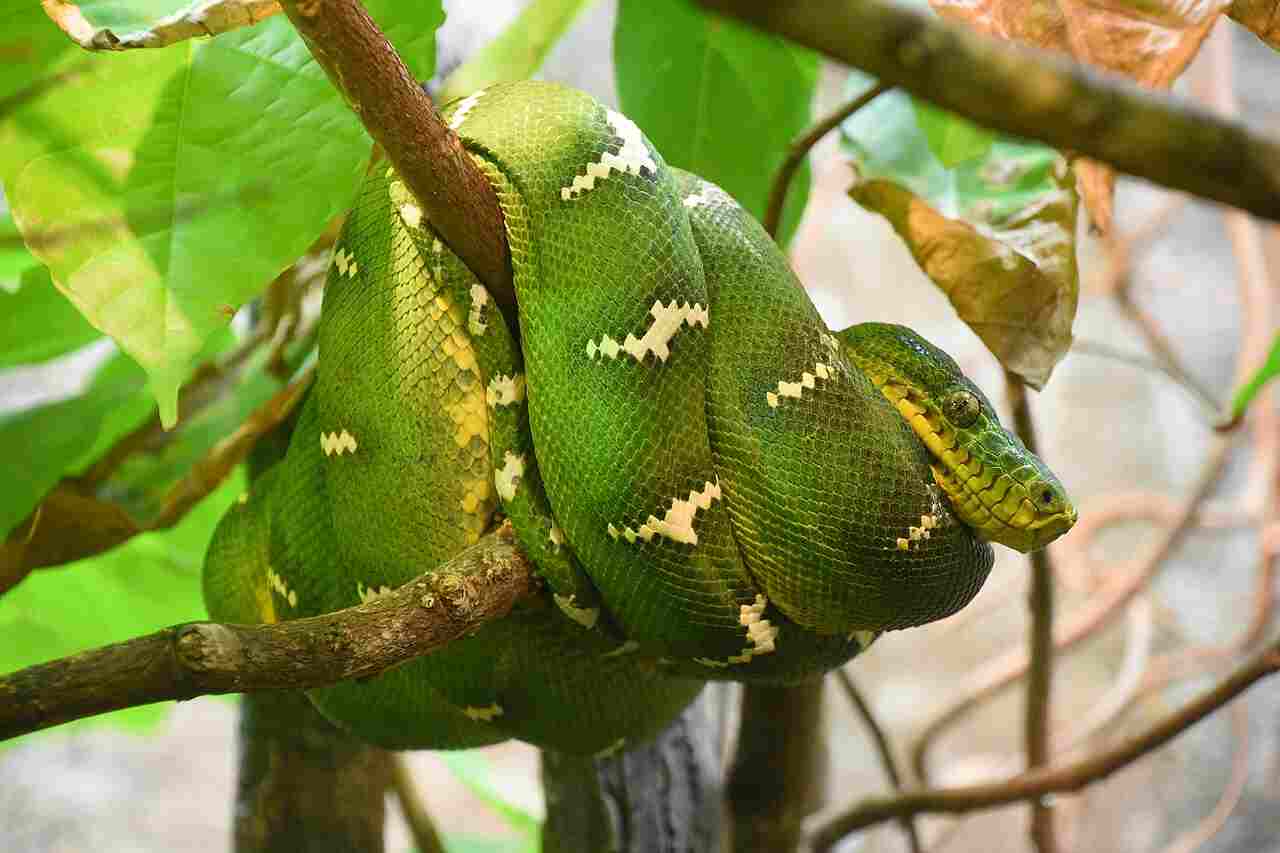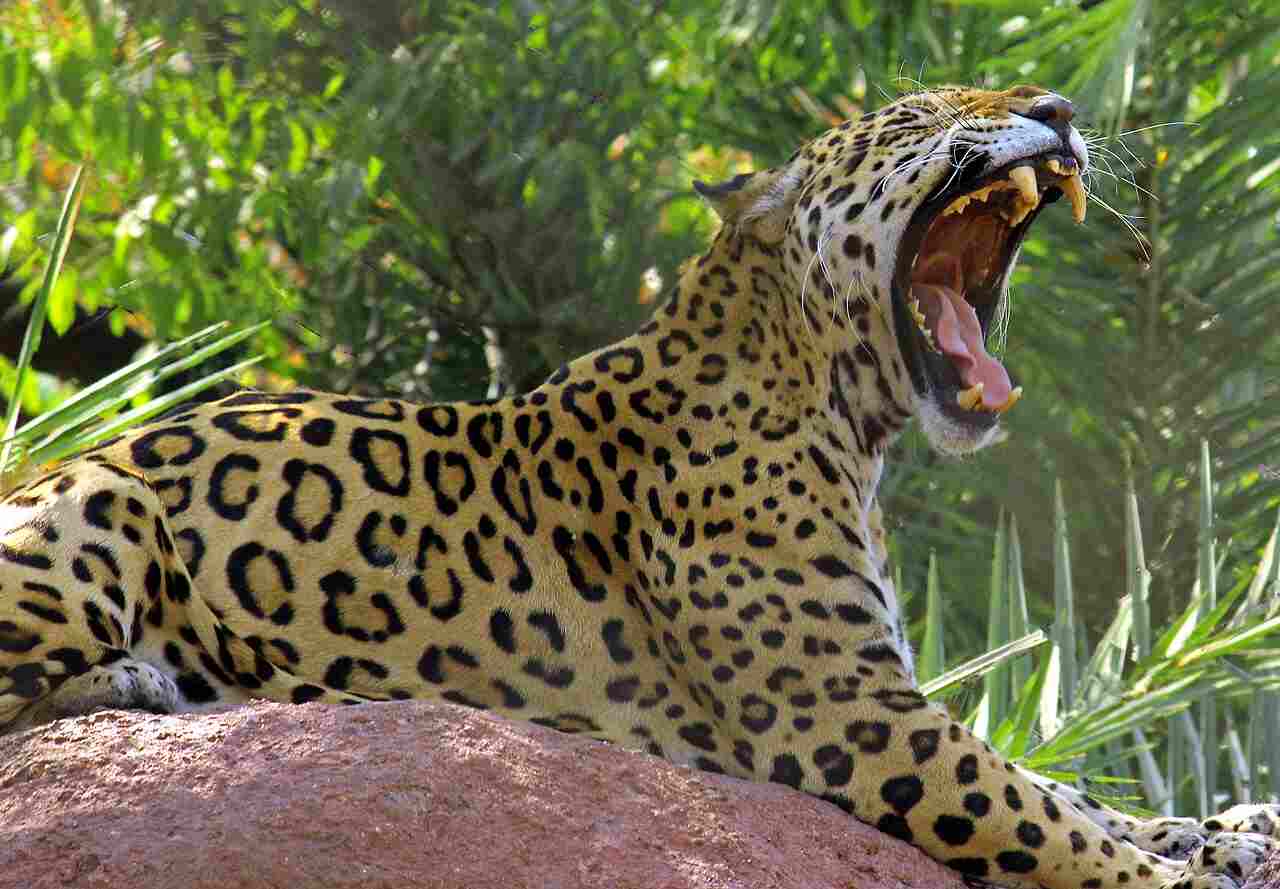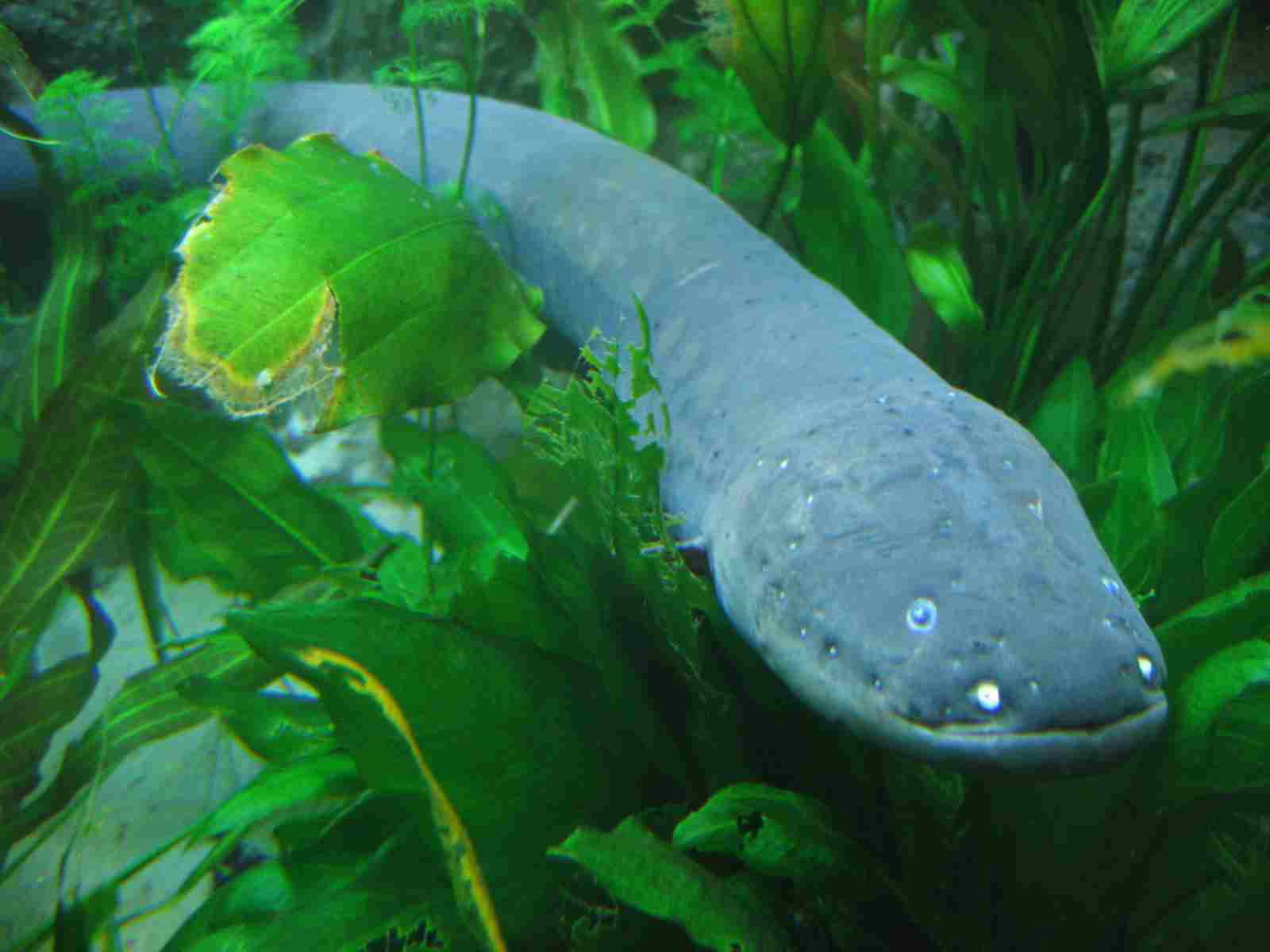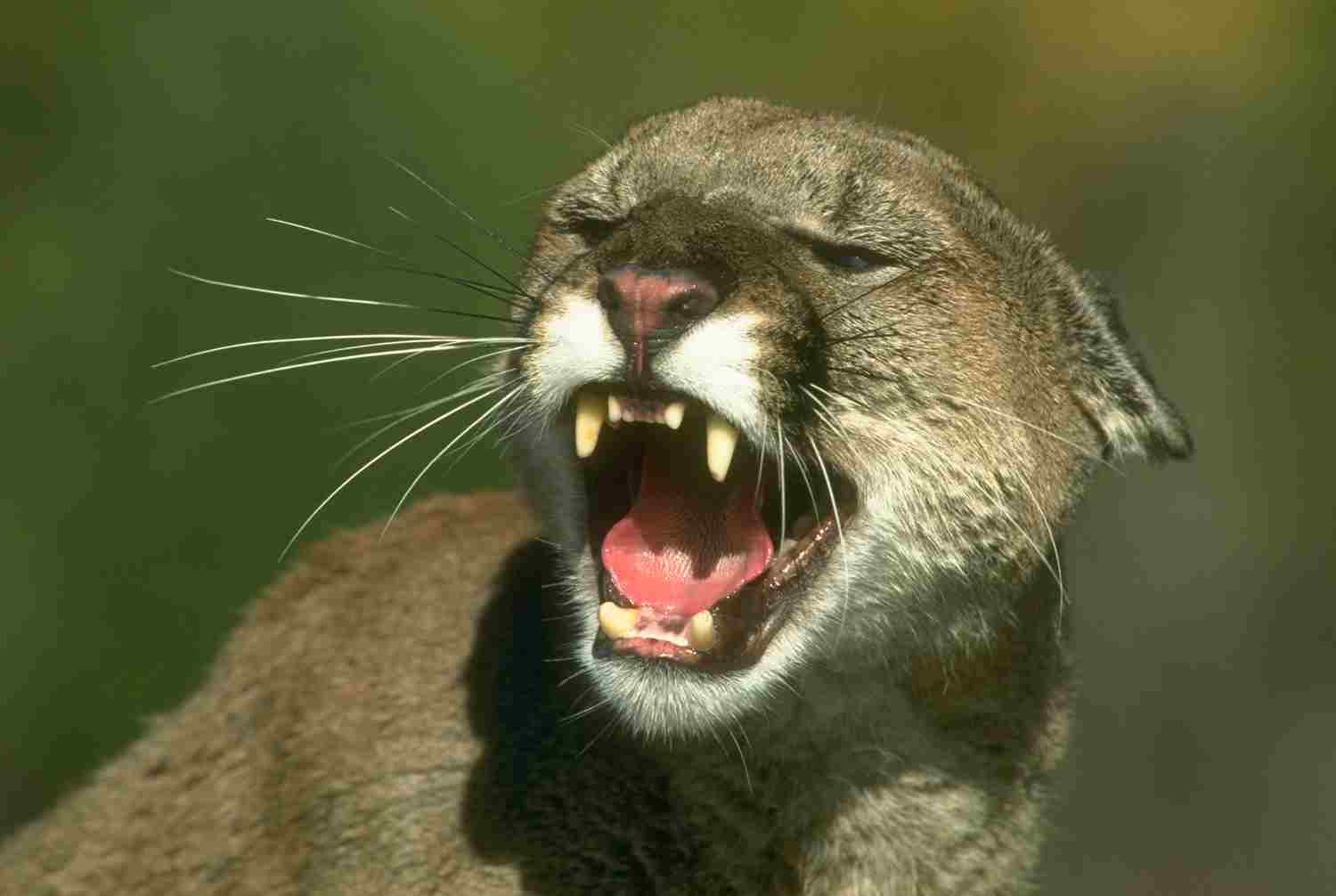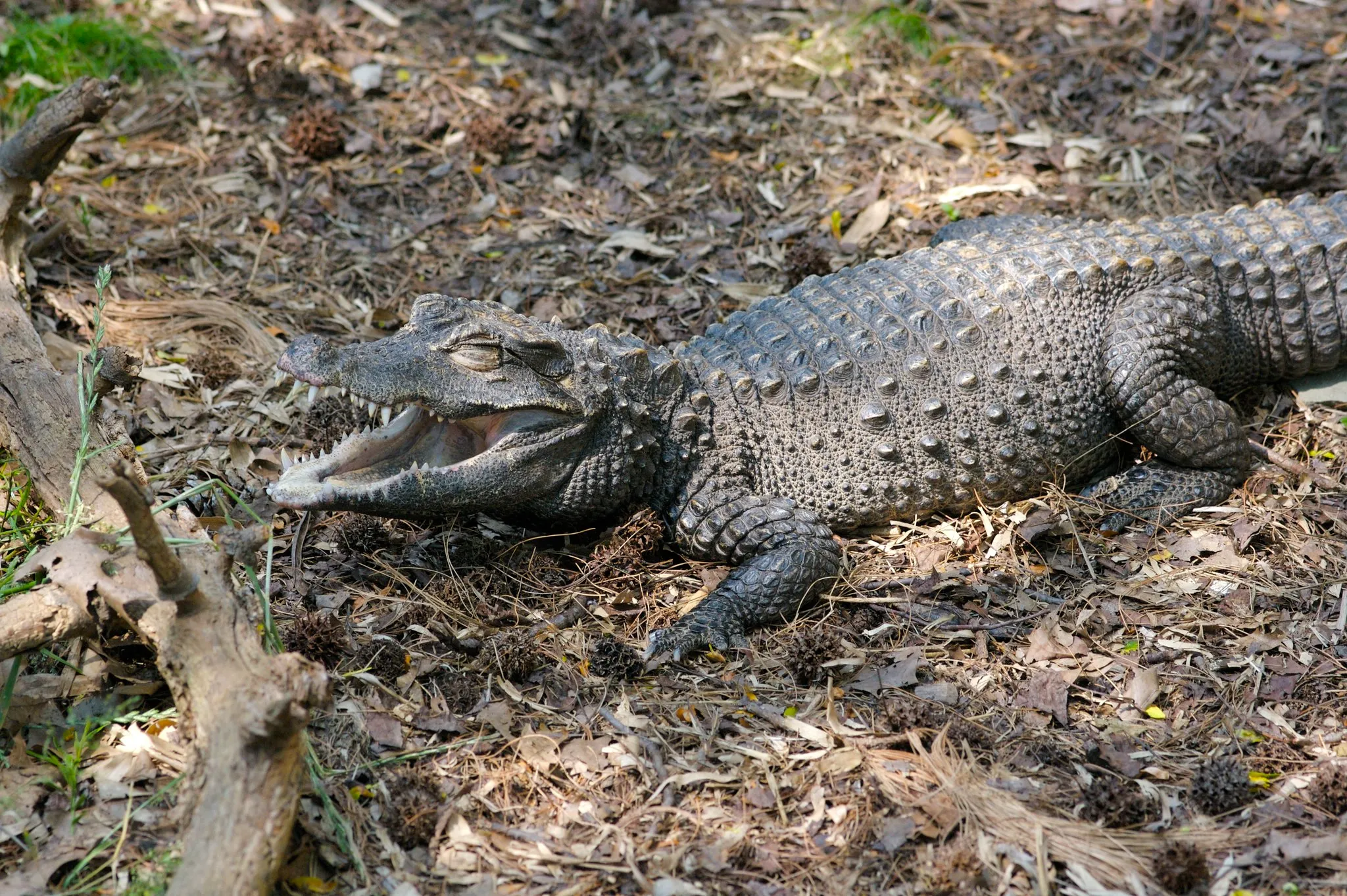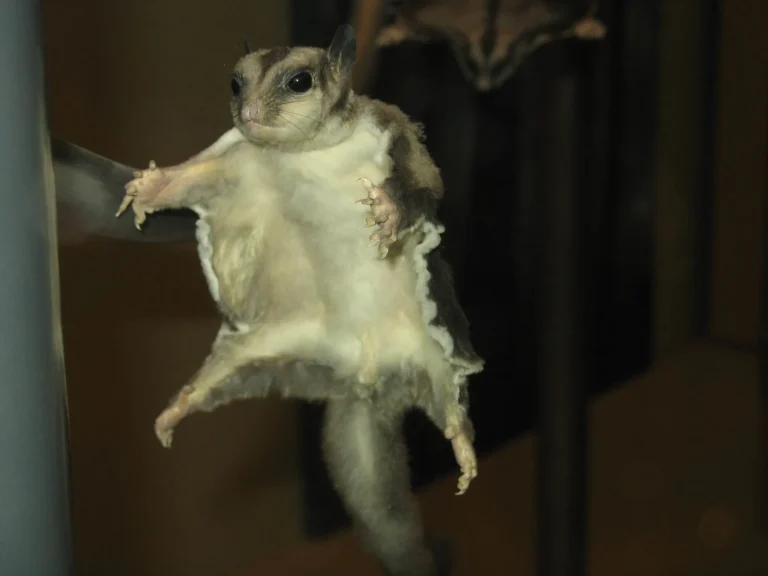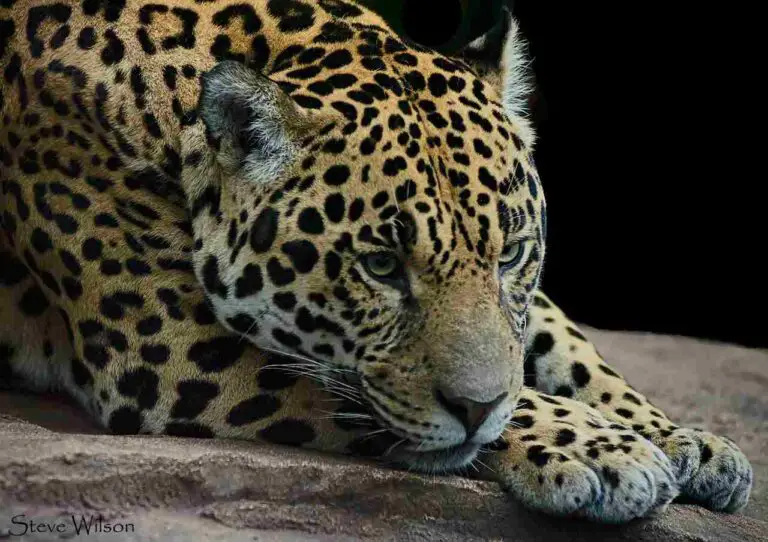7+ Apex Predators In The Rainforest Ecosystem
Examples of apex predators in the rainforest are the jaguar, leopard, harpy eagle, giant otter, green anaconda, black caiman, arapaima, and Congo serpent eagle. These predators play crucial roles in maintaining ecological balance by regulating prey populations. However, they face various threats, including habitat loss, deforestation, poaching, and overfishing, which require focused conservation efforts to ensure their survival and the health of their ecosystems.
1. Jaguar
The jaguar (Panthera onca) is one of the most iconic apex predators in the rainforest, known for its powerful build and stunning rosette-patterned coat. As the largest cat in the Americas, jaguars are incredibly versatile, able to adapt to various habitats, from dense rainforests to swamps and savannas. They are also excellent swimmers, often hunting in rivers and streams for their prey. Jaguars have a broad diet, preying on a wide range of animals, including deer, capybaras, tapirs, and even caimans. Their strength and agility allow them to stalk and ambush their prey with precision, making them formidable predators.
Jaguars play a crucial role in maintaining the ecological balance within their habitats. As top predators, they help control the populations of herbivores and other prey species, indirectly influencing vegetation and forest structure. Unfortunately, jaguars face significant threats from habitat loss, deforestation, and poaching. Conservation efforts are vital to protect their habitats and ensure the survival of this majestic apex predator. By preserving jaguars, we also help maintain the health and diversity of the rainforest ecosystems they inhabit.
2. Leopard
The leopard (Panthera pardus) is a remarkably adaptable apex predator found in a variety of rainforest environments, especially in Africa and Asia. Known for its distinctive spotted coat, which provides excellent camouflage among the dense foliage, the leopard is an expert at ambush hunting. It primarily preys on medium-sized ungulates but is known for its versatility, capable of taking down anything from small rodents to larger animals like antelopes. Its strength allows it to carry its prey up into the trees, keeping it safe from scavengers. Leopards are predominantly solitary and are highly territorial, marking their ranges with claw marks and scent markings.
Leopards play a vital role in maintaining the ecological balance within rainforests by regulating prey populations. Their wide distribution across different habitats contributes to their role as key indicators of ecosystem health. However, like many apex predators, leopards face threats from habitat fragmentation, human-wildlife conflict, and poaching. Conservation efforts are focused on protecting their habitats and reducing human encroachment, ensuring that this elusive predator continues to thrive.
3. Harpy Eagle
The harpy eagle (Harpia harpyja) is one of the largest and most powerful eagles in the world, found in the rainforests of Central and South America. This apex predator has a wingspan that can exceed seven feet and possesses immense strength, capable of snatching monkeys and sloths from the treetops. Its distinctive black and white plumage, combined with a striking crest of feathers on its head, makes it a unique and recognizable species in the rainforest. Harpy eagles are primarily arboreal, building massive nests high in the canopy and relying on their keen eyesight to spot prey from great distances.
As an apex predator, the harpy eagle plays a crucial role in maintaining the balance of rainforest ecosystems by controlling populations of arboreal prey species. The species is, however, threatened by deforestation and habitat fragmentation, which reduce its nesting sites and prey availability. Conservation programs focus on protecting large tracts of rainforest to ensure the survival of the harpy eagle, recognizing its importance in the broader context of ecosystem health and biodiversity.
4. Giant Otter
The giant otter (Pteronura brasiliensis) is a top predator in the waterways of South America’s rainforests. Measuring up to six feet in length, it is the longest of the otter species and is renowned for its sociable behavior, often living in family groups. These agile swimmers are equipped with powerful tails and webbed feet, allowing them to hunt efficiently in rivers and lakes. Their diet consists mainly of fish, but they also prey on crustaceans and small reptiles. The giant otter’s playful yet aggressive behavior makes it a formidable force within its aquatic habitat.
As an apex predator, the giant otter plays a significant role in maintaining the balance of aquatic ecosystems. It helps regulate fish populations, thereby influencing the structure of aquatic food webs. Despite its critical ecological role, the giant otter faces numerous threats, including habitat destruction, water pollution, and illegal hunting. Conservation efforts aim to protect the rivers and lakes that serve as their habitat, promoting awareness about their role in the ecosystem and implementing measures to reduce human impacts.
5. Green Anaconda
The green anaconda (Eunectes murinus) is one of the largest and heaviest snakes in the world, inhabiting the dense rainforests and swamps of South America. As a constrictor, it uses its immense strength to coil around its prey, suffocating it before swallowing it whole. The green anaconda’s diet consists of a wide range of animals, including capybaras, deer, caimans, and even jaguars on rare occasions. This apex predator is an excellent swimmer and often lurks in shallow waters or dense vegetation, waiting for the opportune moment to strike.
Green anacondas play a crucial role in the rainforest ecosystem, helping to control the populations of various prey species. Their presence influences the behavior and distribution of other animals within the ecosystem. However, these massive snakes face threats from habitat loss and hunting, primarily due to human encroachment into their habitats. Conservation efforts focus on protecting their natural environment and raising awareness about the critical role these apex predators play in maintaining the balance of rainforest ecosystems.
6. Black Caiman
The black caiman (Melanosuchus niger) is one of the largest reptiles in the Amazon rainforest, capable of growing over 15 feet in length. This apex predator is distinguishable by its dark coloration, which helps it blend into the murky waters of the rainforest’s rivers and swamps. Black caimans are opportunistic hunters, preying on a wide range of animals, including fish, birds, small mammals, and even other reptiles. They are ambush predators, waiting patiently for the right moment to strike, using their powerful jaws to capture and subdue their prey.
Black caimans play a key role in the aquatic ecosystems of the rainforest, maintaining balance by controlling prey populations. However, they face significant threats from habitat loss, pollution, and illegal hunting, as their hides are highly valued in the black market. Conservation efforts focus on protecting their habitats and implementing stricter regulations to prevent illegal poaching. By safeguarding the black caiman, we help ensure the stability and health of the entire rainforest ecosystem.
7. Arapaima
The arapaima (Arapaima gigas) is one of the largest freshwater fish in the world, native to the rivers and lakes of the Amazon rainforest. Known for its massive size, which can reach over 10 feet in length, and its unique lung-like swim bladder that allows it to breathe air, the arapaima is a dominant apex predator in its aquatic environment. It feeds primarily on other fish and small aquatic animals, using its powerful jaws to crush and consume its prey. The arapaima’s unique adaptation for breathing air allows it to survive in oxygen-depleted waters where other fish might struggle.
Arapaimas play an essential role in the food web of the Amazon’s freshwater ecosystems, regulating fish populations and contributing to nutrient cycling. However, they are vulnerable to overfishing and habitat degradation, as their large size and commercial value make them a target for fishing industries. Conservation efforts for the arapaima focus on sustainable fishing practices and habitat protection, recognizing the importance of this apex predator in maintaining the ecological balance of its environment.
8. Congo Serpent Eagle
The Congo serpent eagle (Dryotriorchis spectabilis) is a unique apex predator found in the rainforests of Central Africa. As its name suggests, this eagle specializes in hunting snakes, making it a key player in controlling reptile populations within the rainforest. The Congo serpent eagle is characterized by its broad wingspan and keen eyesight, allowing it to spot and capture snakes from high above the forest canopy. It has a distinct plumage pattern that helps it blend into its environment, providing camouflage while hunting.
As an apex predator, the Congo serpent eagle contributes to the balance of the rainforest ecosystem by regulating snake populations. Its presence also indicates a healthy and diverse environment. However, the species faces threats from deforestation and habitat fragmentation, which reduce its hunting grounds and nesting sites. Conservation efforts are aimed at protecting the rainforest habitats that support the Congo serpent eagle, ensuring that this specialized predator continues to thrive and contribute to the ecological integrity of its ecosystem.
*Summary of Apex Predators in the Rainforest
-
Jaguar
-
Largest cat in the Americas, strong and versatile
-
Habitat includes rainforests, swamps, and savannas
-
Diet consists of deer, capybaras, tapirs, and caimans
-
Threats: habitat loss, deforestation, and poaching
-
-
Leopard
-
Found in African and Asian rainforests
-
Known for its adaptability and camouflaged spotted coat
-
Preys on medium-sized ungulates, can climb trees with prey
-
Threats: habitat fragmentation, poaching
-
-
Harpy Eagle
-
One of the largest eagles, with a wingspan over seven feet
-
Hunts monkeys and sloths, builds large nests in the canopy
-
Threats: deforestation, habitat fragmentation
-
-
Giant Otter
-
Longest otter species, known for social behavior
-
Diet includes fish, crustaceans, and small reptiles
-
Threats: habitat destruction, water pollution, illegal hunting
-
-
Green Anaconda
-
One of the largest and heaviest snakes, strong constrictor
-
Diet includes capybaras, deer, and caimans
-
Threats: habitat loss, hunting
-
-
Black Caiman
-
Largest caiman species, known for dark coloration
-
Diet includes fish, birds, small mammals, and other reptiles
-
Threats: habitat loss, pollution, illegal hunting
-
-
Arapaima
-
Largest freshwater fish, with a lung-like swim bladder
-
Feeds on other fish and small aquatic animals
-
Threats: overfishing, habitat degradation
-
-
Congo Serpent Eagle
-
Specialized in hunting snakes
-
Found in Central African rainforests
-
Threats: deforestation, habitat fragmentation
-
| Predator | Characteristics |
| Jaguar |
Largest cat in the Americas; hunts deer, capybaras, caimans; faces threats from habitat loss and poaching.
|
| Leopard |
Found in Africa and Asia; hunts medium-sized ungulates; adaptable; faces threats from habitat fragmentation and poaching.
|
| Harpy Eagle |
One of the largest eagles; hunts monkeys and sloths; faces threats from deforestation and habitat fragmentation.
|
| Giant Otter |
Longest otter species; feeds on fish and crustaceans; faces threats from habitat destruction and pollution.
|
| Green Anaconda |
Large and heavy constrictor; hunts capybaras and caimans; faces threats from habitat loss and hunting.
|
| Black Caiman |
Large caiman; hunts fish and birds; faces threats from habitat loss and illegal hunting.
|
| Arapaima |
Large freshwater fish; feeds on other fish; faces threats from overfishing and habitat degradation.
|
| Congo Serpent Eagle |
Specialized in hunting snakes; faces threats from deforestation and habitat fragmentation.
|


